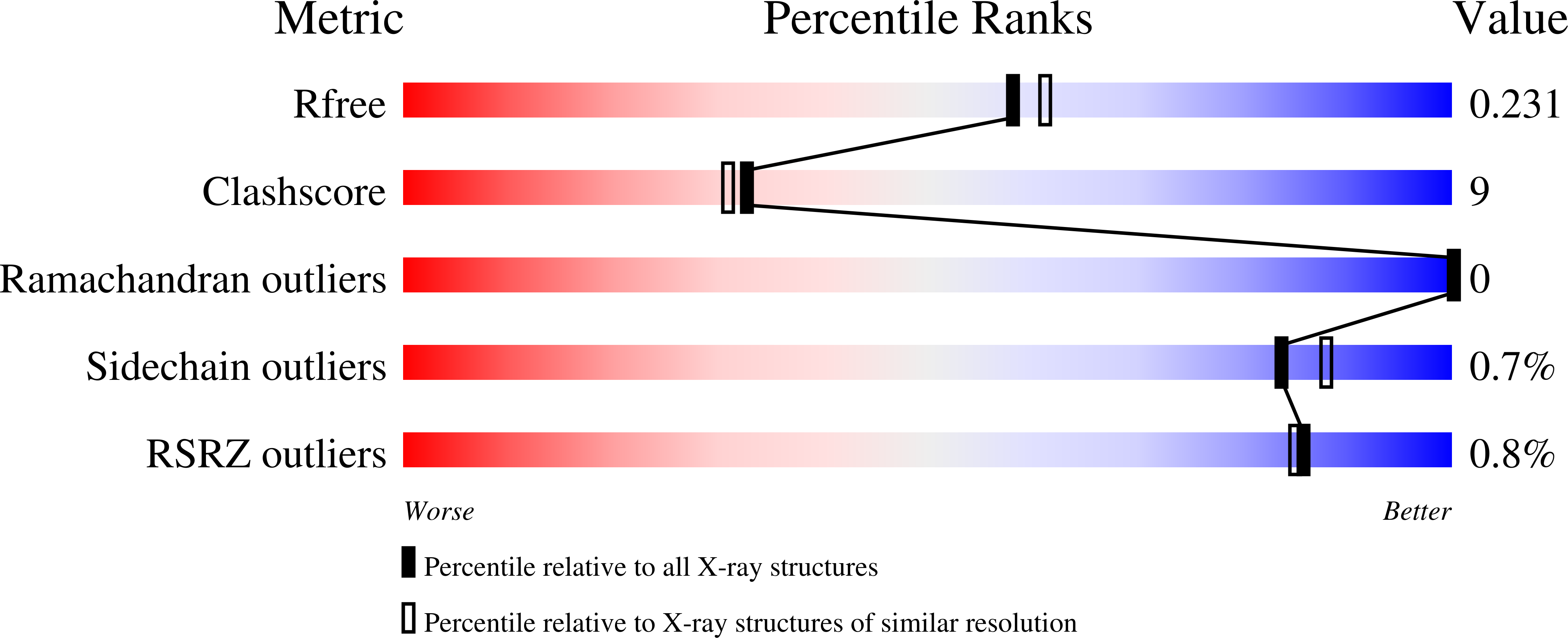
Deposition Date
2005-04-29
Release Date
2005-12-20
Last Version Date
2023-08-23
Entry Detail
PDB ID:
1ZJL
Keywords:
Title:
Crystal structure of zinc-bound engineered maltose binding protein
Biological Source:
Source Organism:
Escherichia coli (Taxon ID: 562)
Host Organism:
Method Details:
Experimental Method:
Resolution:
2.00 Å
R-Value Free:
0.23
R-Value Work:
0.20
R-Value Observed:
0.22
Space Group:
P 32


